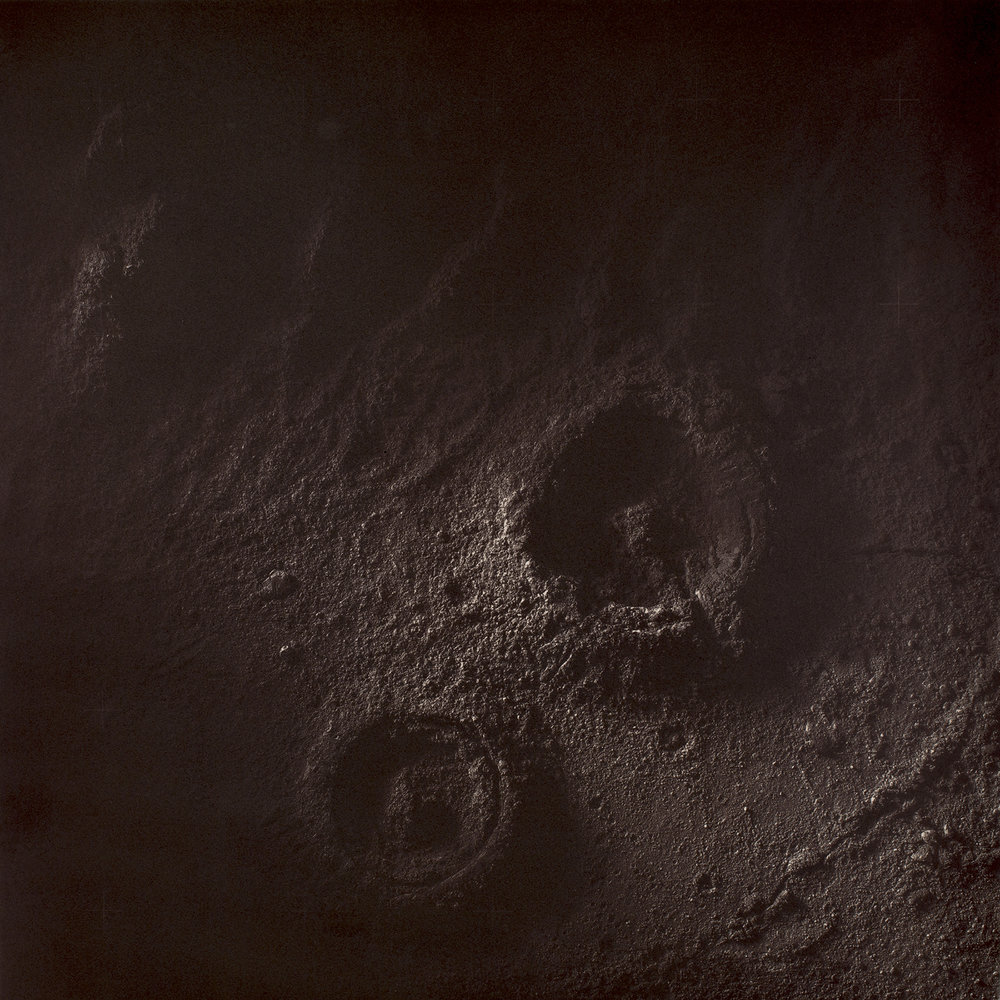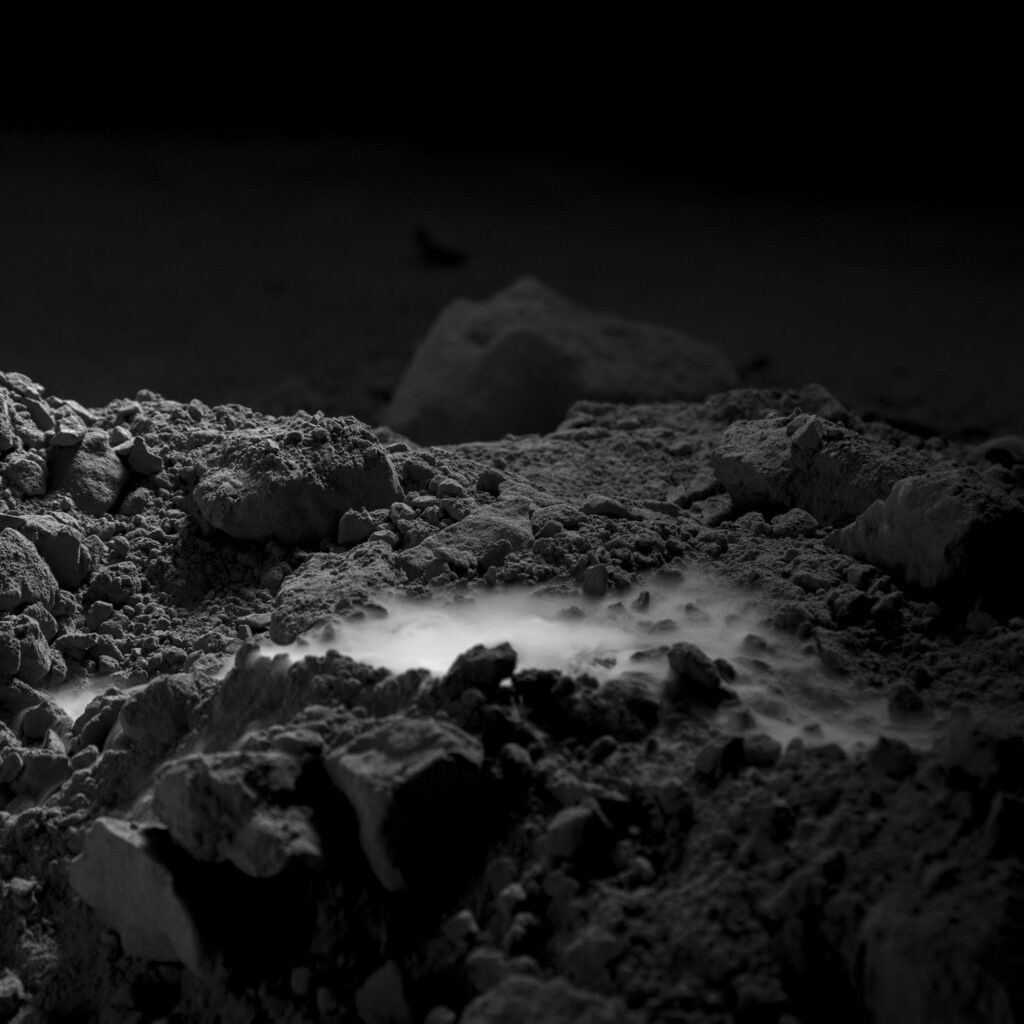Two associate professors of sculpture and photography, Casey McGuire and Mark Schoon, are combining art and science to create an intersectional experience. In 2015, they embarked on a project they call, “The Great Moon Hoax: Science and the Recreation of the Artificial.” The project and its name were inspired by Astronomer John Herschel who created sculptures based on what he saw through his telescope. This occurred prior to the era of modern space satellite pictures.
“I had been teaching a history of photography course, and Herschel was a major figure in the early history of photography,” Schoon said. “I became interested in it, and Casey and I have had other conversations about our interests in space. The creation of this project was an organic process.”

The goal of their work is to produce images that refrain from the use of digital media. They create pieces that are realistic through the manipulation of lighting and use of everyday materials such as cocktail balls, glitter and fishing lines. The images of the moon were created using cement, a material that McGuire found incidentally.
“I was casting some concrete arbitrarily for something non-art related, and when I poured the concrete into a bucket it puckered just like the moon’s surface,” McGuire said. “Since that moment, it’s been a lot more about play, looking at images and researching to ask ourselves how we can recreate with the materials we have.”
Art and science are more related than what may be apparent at the surface. People love captivating images, and this can act as a common denominator to bring science to people where it otherwise would not be accessible.
“One way to approach this is to think about the image and how vital the visual image is to everyone,” Schoon said. “Science often relies on that as the bridge to communicating with the general public. If you publish an article in a science journal, those people who read the article are scientists. It’s not very accessible to other people.”
Another mission of the project is to get people to question images that they see firsthand to have a better understanding of the world around us.
“One of the goals is to get people curious,” Schoon said. “The other is to get them to think about what they are taking in when they look at images. Second guess your first assumption when you look at a picture. At whatever level of knowledge you come to the image with, don’t assume you fully understand it.”
Schoon and McGuire’s work has been displayed in multiple galleries and they have given lectures around the United States. When they first began the project, they had no idea they would still be working on this collaboration together five years later.
“We keep making work that we like and are excited by,” McGuire said. “We have new ideas and we’re excited about making new work together and seeing where this goes.”
You may also like
-
3rd Annual At the Core Conference Recognizes Freshmen and Sophomore Undergraduate Research Across Disciplines
-
Greek Week 2024: Teams Strive to Have The Odds Ever in Their Favor
-
Chi Omega Raises Money For The Make-A-Wish Foundation
-
West Georgia Outdoors Lake Day Gives Students a Chance to Destress Before Finals
-
“The Toxic Avenger” Closes UWG Theatre’s “Resistance is Futile” Season
